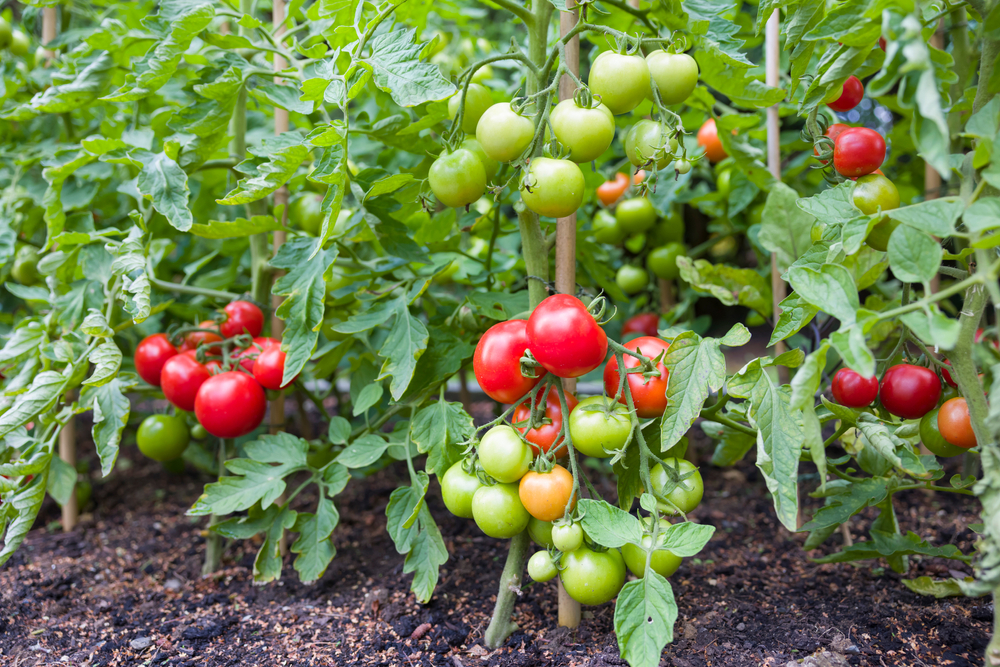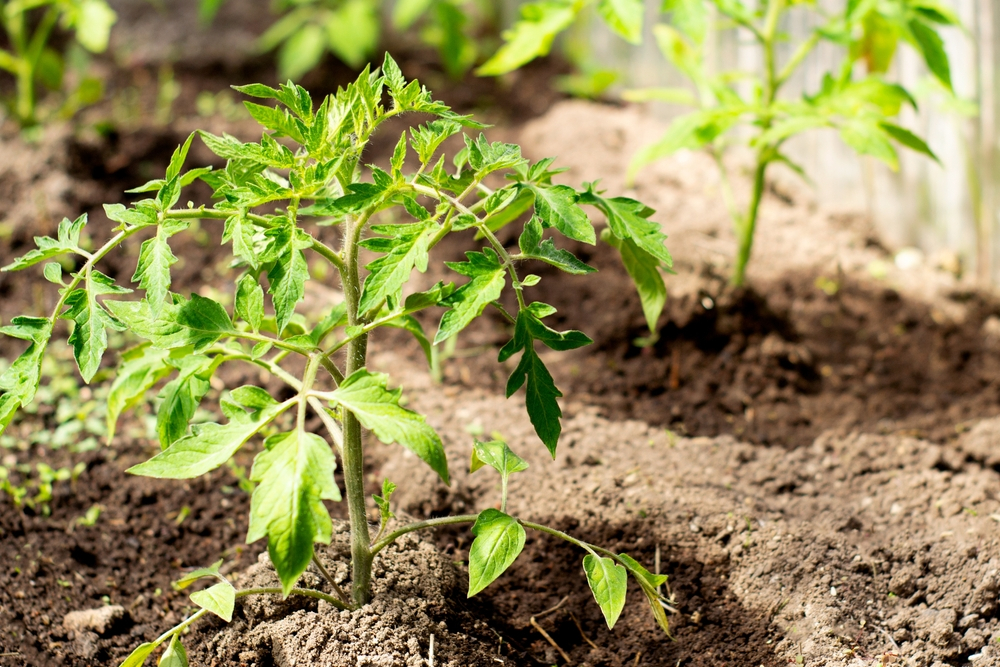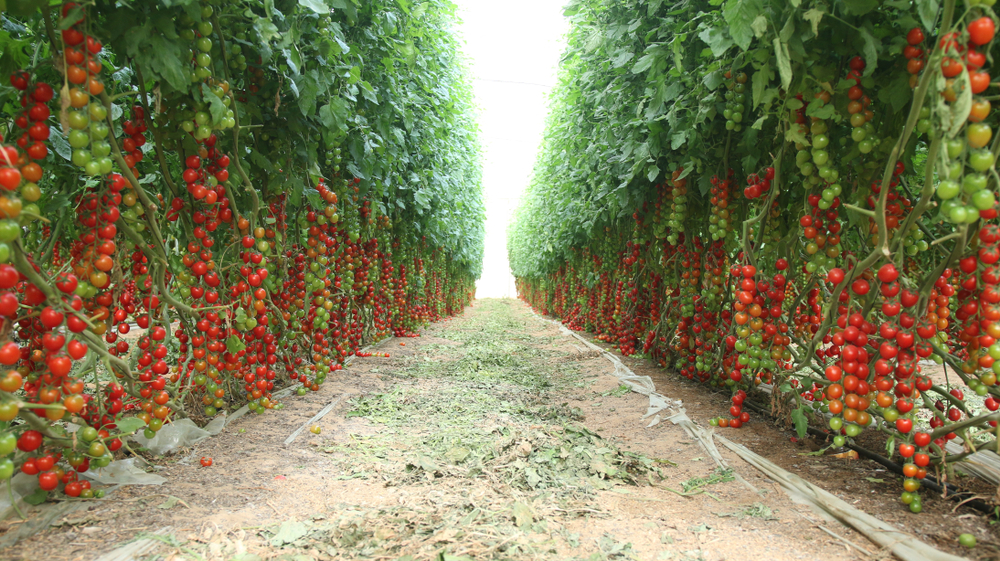If you have the room and money for a high-profit crop, tomatoes are a good choice to grow in Uganda. Tomatoes, a warm-season crop, are delicate to cultivate and must be constantly tended to, maintained, and monitored in order to yield consistently good results. Tomatoes are a popular crop in Uganda, and they can be grown throughout the year. However, the best time to plant tomatoes is during the dry season, from October to December. Tomatoes require full sun and well-drained soil to thrive. Mulching your plants will help keep the roots cool and moist. Water regularly, especially during dry spells. Harvest your tomatoes when they are red and ripe.
genuine seed for tomatoes in Uganda.
 t
t
Genuine Seeds For Tomatoes in Uganda
If you are looking for genuine seed for tomatoes in Uganda, then you have come to the right place. We are a leading provider of tomato seeds in Uganda and can offer you the best quality seeds at the most competitive prices. Whether you are looking for seeds for your home garden or for commercial production, we can provide you with the right seeds that will give you the best results. We have a wide range of tomato seeds that are suitable for different growing conditions and can be grown in any part of Uganda. Whether you are looking for determinate or indeterminate seeds, we can provide you with the right seeds that will suit your needs.
Tomato Growing soil requirements, type of soil to plant tomatoes in Uganda
Tomatoes are one of the most popular vegetables to grow in home gardens, and with good reason. They’re relatively easy to grow, they produce a bountiful harvest, and they’re just plain delicious. But in order to produce a bumper crop of tomatoes, you need to start with the right soil.
The ideal tomato growing soil is loose and well-drained, with a slightly acidic pH level between 6.0 and 6.8. If your soil is too alkaline (pH 7.0 or higher), it can lead to nutrient deficiencies in your tomatoes. Adding organic matter such as compost or manure can help lower the pH of your soil and make it more hospitable for tomato plants.
In terms of texture, sandy loam soils are ideal for tomatoes as they provide good drainage while still retaining some moisture and nutrients. If your soil is too sandy, you may need to water more frequently; if it’s too clayey, it may not drain well enough and could lead to problems with root rot.
When it comes to planting tomatoes, raised beds are often recommended as they provide excellent drainage and aeration for roots. If you’re growing tomatoes in containers, make sure they have drainage holes so that excess water can escape. And regardless of where you’re growing them, be sure to space tomato plants at least 18 inches apart so that they have room to spread out as they grow.

How To Plant Tomatoes
Tomatoes are one of the most popular vegetables to grow in home gardens, and with good reason! They’re easy to grow, delicious, and versatile. Plus, there’s nothing quite like a freshly picked tomato straight from the vine. If you’re thinking about growing tomatoes this year, here’s what you need to know about planting them.
When to Plant: Tomatoes can be planted as early as two weeks before the last frost date in your area. If you’re starting your plants from seed, plant them indoors six to eight weeks before that date.
Where to Plant: Tomatoes need full sun to thrive, so choose a spot in your garden that gets at least eight hours of sunlight per day. They also prefer well-drained soil with a pH between 6.0 and 7.0.
How to Plant: Dig a hole that’s big enough for the root ball of your tomato plant (or deep enough for your seeds if you’re starting from scratch). Gently remove the plant from its pot and loosen any tangled roots before placing it in the hole. Backfill with soil and water well.
Staking: Most tomato plants will need some form of support as they grow taller. Stakes or cages work well; just make sure they’re tall enough (at least four feet) and placed close enough to the plant so that it can lean on them for support as it grows taller. Pruning: You can prune your tomato plants in two ways. First, pruning the sucker growth will result in a plant that produces fewer, larger, and higher quality fruit. Second, pruning the tops of the plants at the end of the season (about a month before the first frost) will result in a healthier, more productive plant the following season.

Tomatoes Pests And Diseases In Uganda
Tomatoes are one of the most popular vegetables to grow in home gardens, and they are also a common target of pests and diseases. While there are many different types of problems that can affect tomatoes, some of the most common include:
• Blight: Blight is a general term used to describe several different fungal diseases that can affect tomatoes, including early blight and late blight. These diseases can cause leaf spots, fruit rot, and plant death.
• Insect pests: A variety of insect pests can attack tomatoes, including aphids, caterpillars, whiteflies, and tomato hornworms. These pests can cause leaf damage, fruit damage, and reduced yields.
• Diseases caused by bacteria or viruses: Bacterial diseases such as bacterial spot and bacterial wilt can affect tomatoes. Viruses such as tobacco mosaic virus and cucumber mosaic virus can also infect tomato plants. These diseases can cause leaf spots, fruit deformities, plant stunting, and yield loss.
• Diseases caused by fungi or oomycetes: Many fungal diseases can affect tomatoes. Some of the more common diseases include early blight, late blight, anthracnose, and septoria leaf spot. Oomycetes are a type of fungi-like organism that can also cause disease in tomatoes. One example of an oomycete that affects tomatoes is Phytophthora infestans, which causes late blight.
• Diseases caused by nematodes: Nematodes are tiny, worm-like creatures that live in the soil and feed on plant roots. Some species of nematodes can cause disease in tomato plants. For example, the root- knot nematode can cause stunted growth, yellow leaves, and yield loss.
• Diseases caused by abiotic factors: Abiotic diseases are caused by non-living factors such as weather, nutrient deficiencies, and chemical injury. Some examples of abiotic diseases that can affect tomatoes include blossom-end rot, sunscald, and catfacing.
